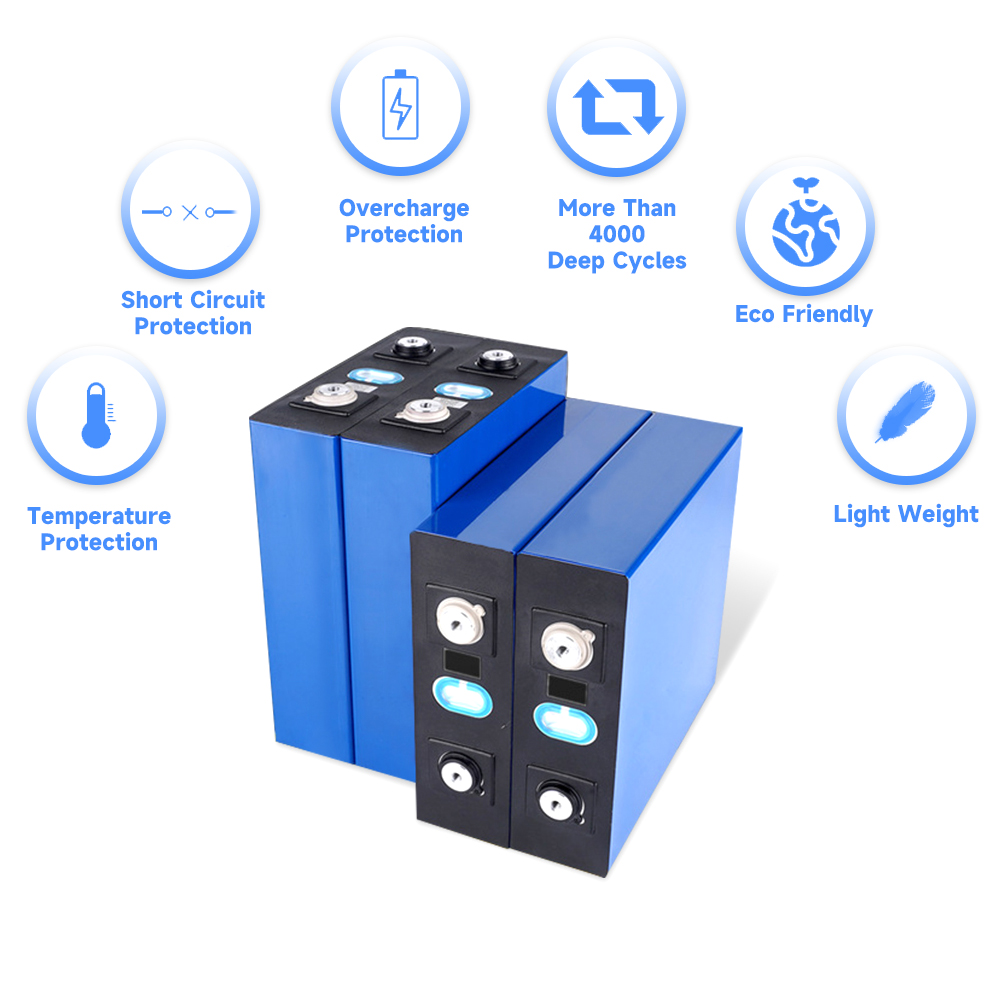

Recently, Japanese scientists have made a new breakthrough in the field of button capacitor batteries - using activated carbon made of reeds as the electrode material of the capacitor. Button capacitor batteries made using this technology have higher storage performance than existing capacitor batteries using coconut shell activated carbon.
Recently, Japanese scientists have made a new breakthrough in the field of button capacitor batteries - using activated carbon made of reeds as the electrode material of the capacitor. Button capacitor batteries made using this technology have higher storage performance than existing capacitor batteries using coconut shell activated carbon.
At present, capacitor batteries used in mobile phones and other devices generally use coconut shell activated carbon to make electrodes. Researchers from the Northeast Industrial Technology Center in Shiga Prefecture, Japan, said that the surface area of reed activated carbon is more than twice that of coconut shell activated carbon, and they have previously developed technology to make activated carbon from reed. They believe that reed activated carbon has the potential to store more electrical energy, so they have begun relevant research since 2012.
The researchers sprayed gas onto the reeds and performed high-heat treatment to obtain activated carbon with fine holes. They then thinly coated it on copper foil to make disc-shaped electrodes, and finally successfully created a button capacitor battery. They found that when reed activated carbon was used under the same conditions, the battery's storage capacity was about three times that of coconut shell activated carbon.
The researchers pointed out that this achievement shows the possibility of using reeds in the most cutting-edge technological fields. They plan to conduct further research to improve the performance of the battery, enhance its durability and maintain battery quality, with a view to achieving commercial production.
Further reading:
Capacitor battery is an electricity storage technology that utilizes the electric double layer phenomenon to store electric charge. This kind of battery is actually a capacitor, but its capacity is much larger than that of ordinary capacitors.
Compared with batteries that generate electrical energy through chemical reactions, capacitor batteries have longer lifespans and shorter charging times, and are widely used in fields such as mobile phones and audio-visual equipment. However, because it only stores charge on the electrode surface, its storage capacity is lower than that of chemical batteries.

Popular recommendation
LR936 battery.Chinese and American researchers collaborate to predict battery parameters, expected t
2023-10-08r03 battery!my country has made a breakthrough in solid-state lithium battery interface issues, prov
2023-10-08CR2354 battery.Rookie in the energy industry---methanol fuel
2023-10-08AAA Ni-MH battery.Nickel-metal hydride battery technical training materials: Principles of nickel-me
2023-10-09wall-mounted energy storage battery.High nickel brings high challenges Thermal management system pla
2023-10-08Classification of ternary lithium ion batteries
2022-11-25Nickel cobalt lithium manganate (NMC) battery
2022-11-21aaa battery alkaline!Graphene aerogel may help promote the development of lithium-sulfur batteries
2023-10-08cr2032 button battery.Improvement of power battery performance from high-power fast charging
2023-10-08button battery 2032.Differences between energy storage lithium batteries and power lithium batteries
2023-10-10What are the advantages of lithium iron phosphate battery
2022-11-07LR6 alkaline battery.Study on the mechanism of failure of 18650 cylindrical lithium-ion battery caus
2023-10-09